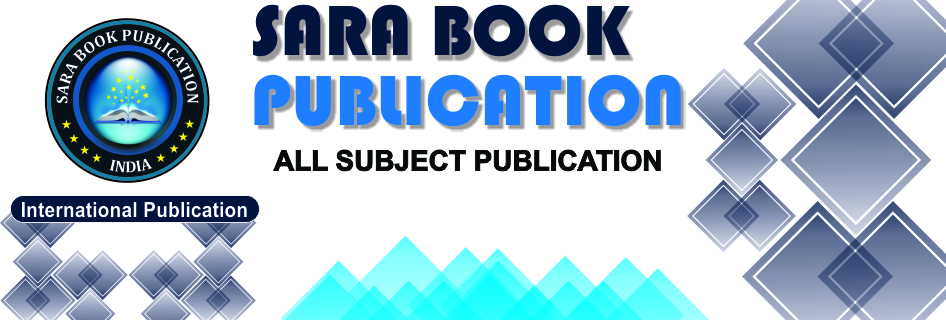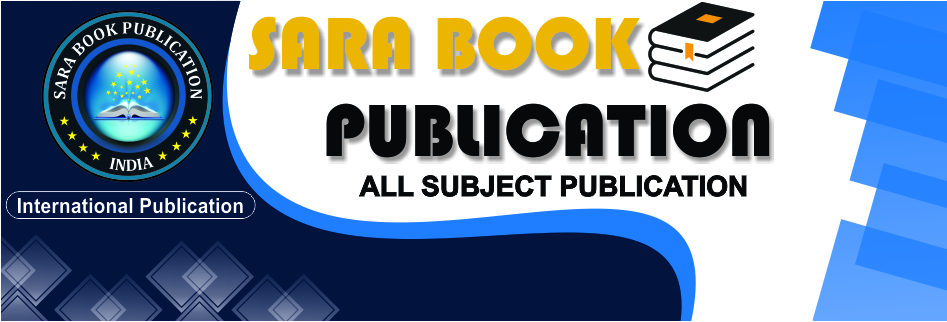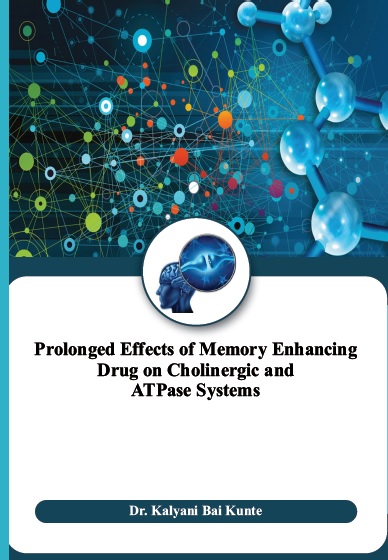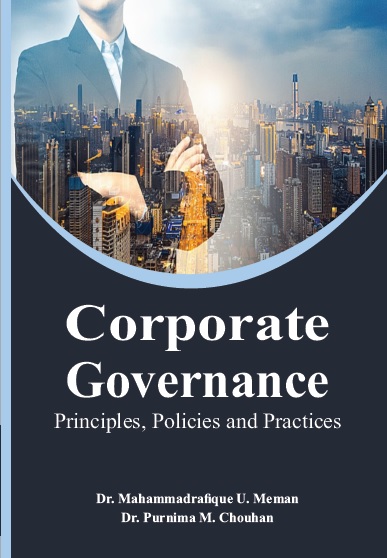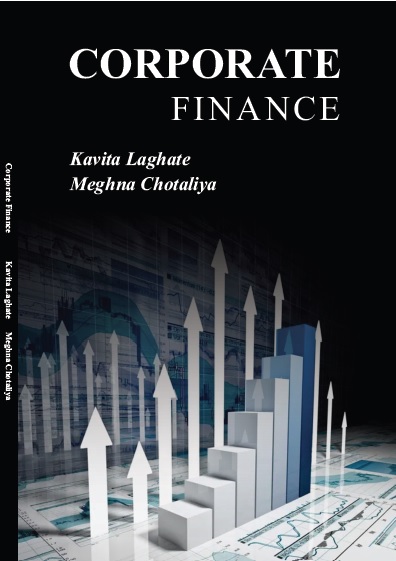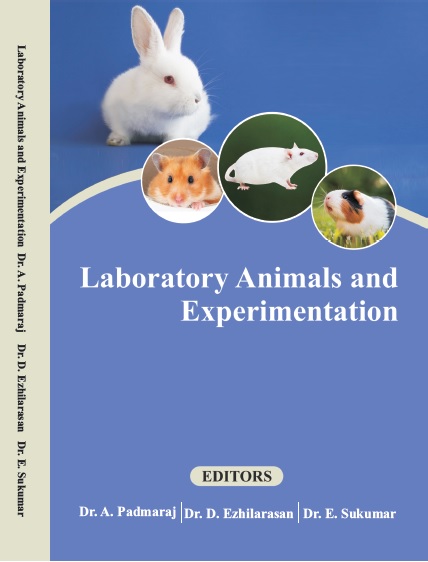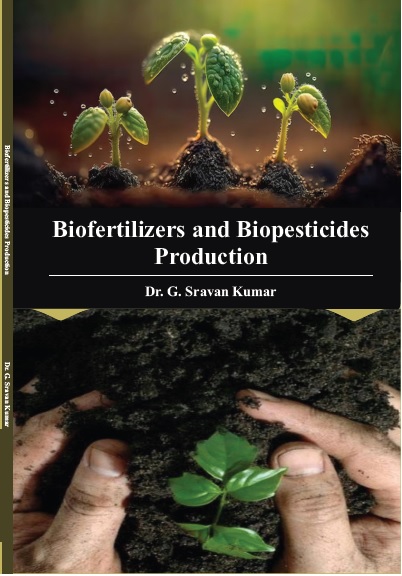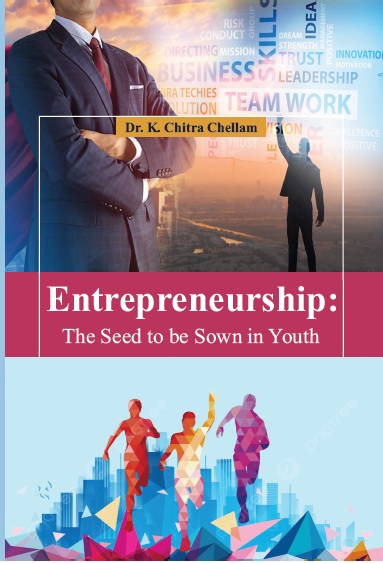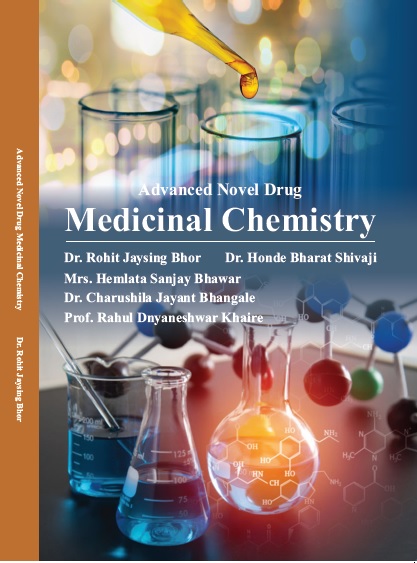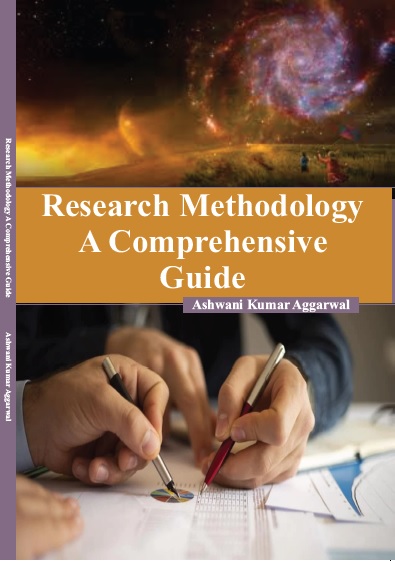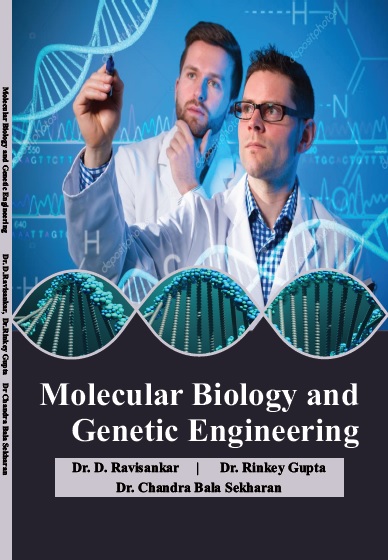SOCIAL SCIENCE AND HUMANITIES
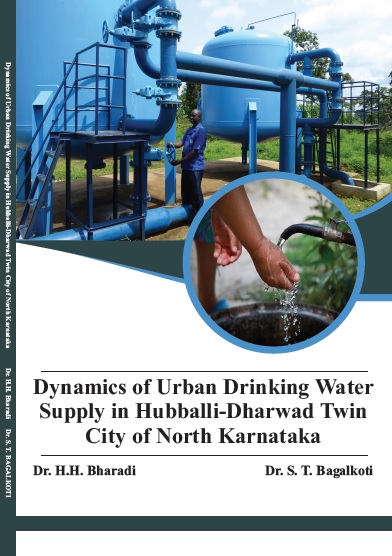
Dynamics Of Urban Drinking Water Supply In Hubballi-dharwad Twin City Of North Karnataka
by Dr. H.H. Bharadi
ISBN Number : 978 - 93 - 91478 - 12 - 4
Authors Details
| Author Name | Image | About Author |
|---|---|---|
| Dr. H.H. Bharadi |  |
Dr H H Bharadi obtained his M,A, MPhil and Ph.D. degrees in
Economics from the Karnatak University, Dharwad. He started his
career as Lecturer, Sr Scale Lecturer, Selection Grade Lecturer in
private and government colleges and Associate Professor in Rani
channamma University, Belagavi, Karnataka state. Presently he is
working as Professor of Economics, Karnatak University, Dharwad
Karnataka State,since 2014. He has 20 years of UG and PG
teaching experience. His area of interest are Development
Economics, Agricultural Economics, Macro Economics,
Banking,Insurance and Finance, International Trade and Rural Development. He has
published more than 50 research papers in the national and international journals. He has
participated and presented in national and international conferences, seminars, workshops
etc. He has to his credit a book on “Indian Business Environment”published by Thakur
Publishers Bengaluru in 2013. Three candidates area warded Ph.D degrees and 8 M.Phil
degrees under his guidance. He is life member of the several professional organisational
bodies. He has also held administrative positions in the University. |
| Dr. S. T. Bagalkoti |  |
Prof.S.T.Bagalkoti teaches in the P.G.Department of
Economics,Karnatak University, Dharwad Karnataka State. He has
more than 30 years of academic experience. He is also the Coordinator,
UGC-SAP in Economics. He has handled 18 research
projects funded by national and international agencies. He has
published widely and has participated and presented in numerous
academic events. He has organized more than a dozen academic
programmes for students and academia. He is Life/ordinary
member of many professional bodies including, IEA, ISAE, ISLE,
IIPA, APA and other state level bodies. He represents Editorial Boards of 3 National and 1
International Journal. |
Book Description
Drinking Water Supply in Hubballi-Dharwad Twin City of North Karnataka, a progressive state in South India. All over the world water is becoming a rare and precious commodity for both domestic and other chores in the context of very survival of human kind. Paradoxically, the total quantity of water on this planet has not altered much; the fresh water has been dwindling faster both in terms of quantity and quality due to rapid population growth, expanding urbanization, and mushrooming industrialization and unscientic environment management. Even the ground water is getting depleted faster and also highly contaminated. This has been posing a serious challenge to the local governments in providing minimum quantity of safe drinking water and the situation is getting worse in urban areas. Since water is a basic amenity and emerging as a precious commodity, governments have taken the responsibility of supplying water to their citizens. A number of schemes have been rolled out to ensure that people get minimum quantity of piped drinking water. The latest one is ensuring water all the time (24X7). Seizing the opportunity, many private players including MNCs eye on the Indian Water market. Here the Government of Karnataka has experimented it in select wards of few cities in North Karnataka and later based on the experience, has tried to replicate and scale it up to whole of selected cities. The present book is an evaluation of the experiment carried out in Hubballi- Dharwad by selecting households from the demo and non-demo zones, a semiexperimental approach has been adopted to study the technical and behavioural aspects of the respondents. The benefits of the scheme are documented convincingly, people are willing to pay higher fees for better services; minimize wastage of resources and participate in the decision-making process. This is a welcome change in the attitude of the stakeholders across different income and social classes. The model has been proved to be replicable and scalable elsewhere. But the only lacuna that could be observed is that there is no analysis on the original source of water that can be harnessed for a continuous supply. The book has many lessons for policy makers, academicians, activists and common people. The book has thrown open a number of insights that serve as reference points for policy and further research. I congratulate the authors for their painstaking effort in producing a good piece of reference book.



